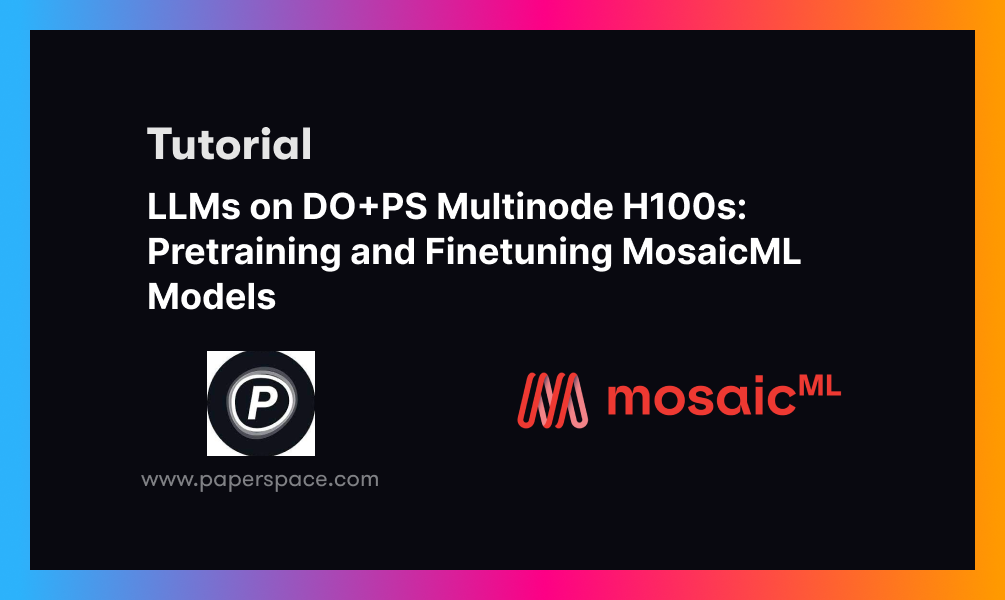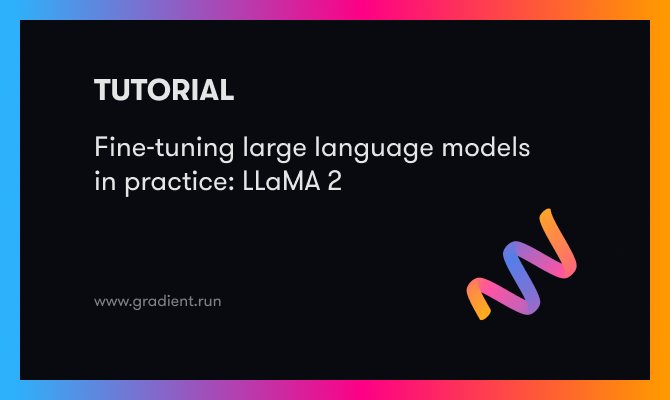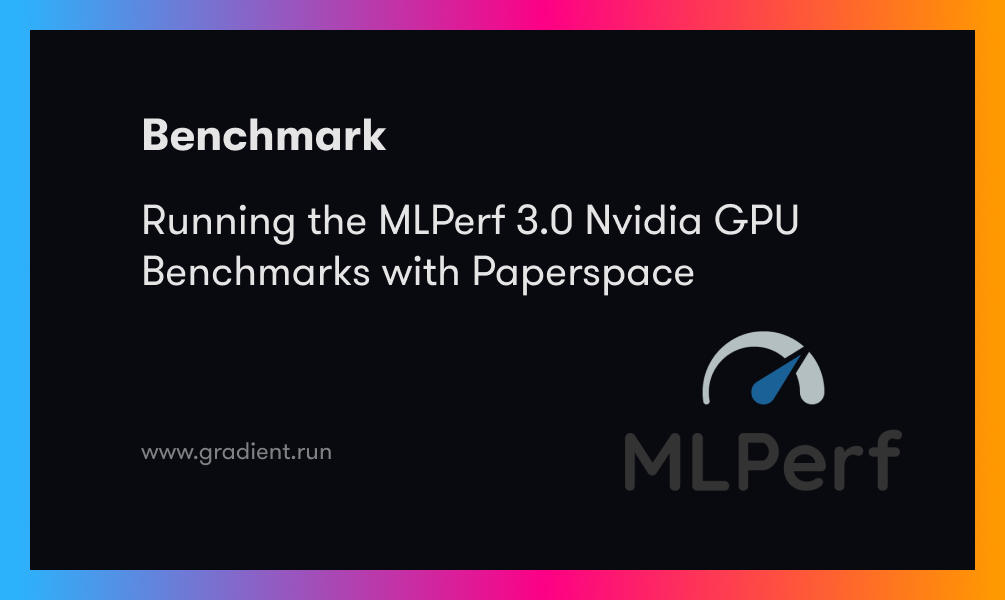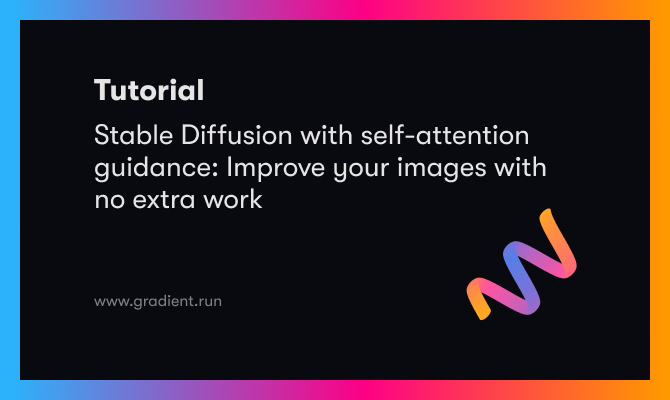Retrieval-Augmented Generation on Paperspace + DigitalOcean: Help Your Models Give Their Best Answers
This blogpost shows how to augment a foundation Large Language Model with any webpage or PDF of your own, which effectively turns our LLMs context aware.














